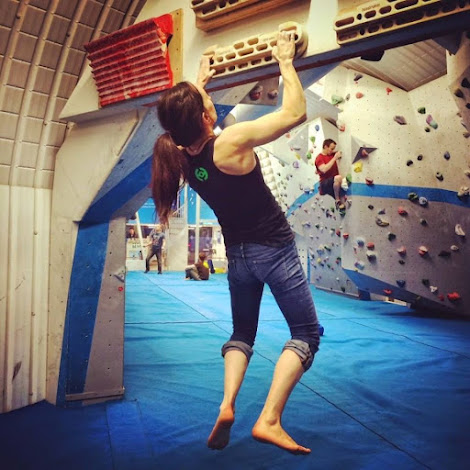How to Use Rock Climbing Holds?
Mission for rock climbing holds on the web and you
find page after page of peculiar and brilliant shapes for climbing exercise
focuses. On an outside slope your interest is for their actual inspirations,
which unassumingly blend into the stone face before you.
Learning the
names of holds and how to perceive everybody is fundamental to your progression
as a climber. This article gives that graph and, even more fundamentally,
reveals how to use each hold.
Two techniques help you with exploiting any hold:
• Squeeze similarly as hard as you
need to stay on a hold. Squashing as hard as you can drains lower arms
imprudently and you'll feel "guided" because so much circulation
system is facilitated to arms when they're stressed.
• Focus on the bearing you need to
pull. To get the most grounded and least complex handle, pull inverse to the
hold. Line your weight up with that direction of pull and you'll be more loath
to tumble off the stone.
Sorts of Rock
Climbing Holds
• Jug/Bucket - Jugs are gigantic,
open holds that you can get your whole hand around. Containers are by far
most's generally cherished considering the way that they're so normal to hold
and they give an incredible rest.
• Edge/Ledge - Edges are the most
broadly perceived holds you find. They can be little dime edges (barely wide
enough for the toe of your shoe), long cuts in the divider (space for two
hands) or monstrous edges (adequately huge to help your whole body onto at the
top of a climb).Edges can stand up to any bearing on the divider, so guarantee
that you nail the course of pull.
• Crimp - A wrinkle is a little edge
that is sufficiently huge for the pile of your fingers. By getting your body
weight closer to the divider, you can improve point on this little hold and
you'll have a prevalent chance of remaining related with it.
• Pinch - A press is really what it
appears as—any piece of rock that you can crush with your thumb on one side and
your fingers on the other. Since your thumb incorporates so much getting a
handle on power, use it any time you can get it on a hold.
• Sloper - Slopers
are colossal protuberances with no specific plot for your hands to get a handle
on. They can be questionable; anyway worthy strategy will make them climb messy
courses in a matter of minutes:
Body position is imperative
Keep your weight
clearly negated to the heading of pull, try a low focal point of gravity and
maintain body tension to stay changed as you make your turn.
Feel for features that offer some extra handle
Dimples or
little knots are valuable. At the point when you find your position, get your
whole hand in contact to grow scouring, and keep it still as you head out
through to the accompanying hold.




Comments
Post a Comment